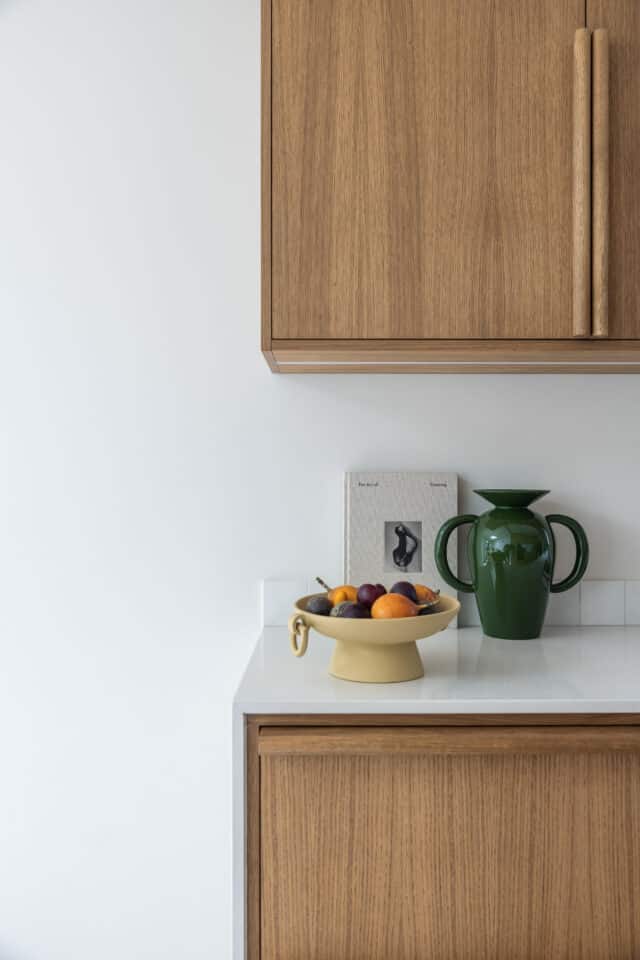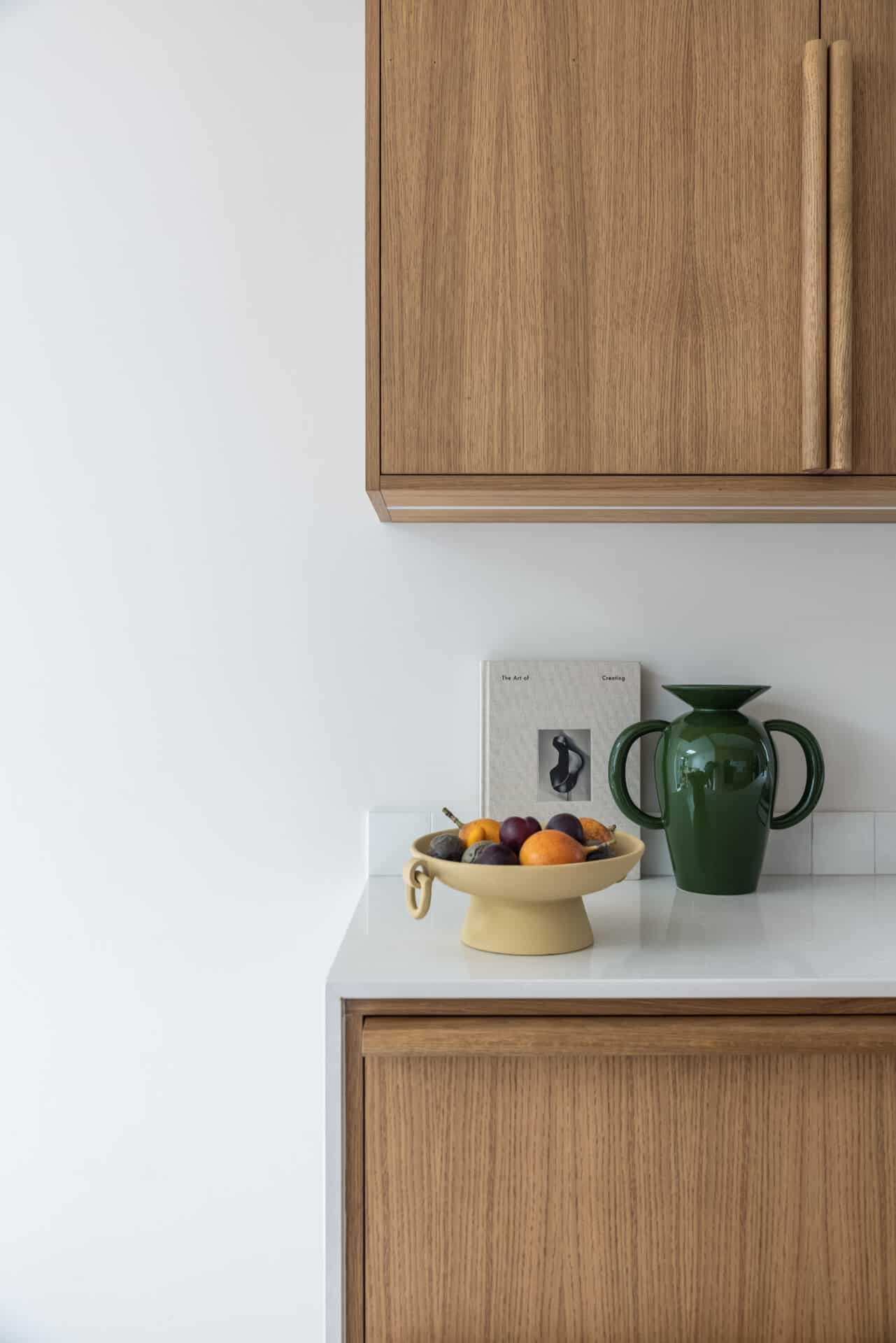Sites In the case of sites and one-off housing, the VAT treatment is dependent on whether or not the site is developed, and whether or not it is supplied for consideration in the course of business. When you buy land to build on, the vendor cannot charge you VAT unless the site is a “developed” or serviced one. If it does have services added, such as electricity, sewerage, access road, fencing, and so on, the vendor can charge you VAT but you cannot, as a private person, reclaim it. For example, if a farmer sells you an undeveloped site, the sale of the site is not liable to VAT. If a developer sells you a developed site, the sale of the site is liable to VAT. Serviced sites can be attractive because a lot of the infrastructure work has been done by someone else, but bear in mind that the added VAT will mean this all comes at a price. You’ll have to take a view on what this means to you.
The House It isn’t possible to claim back any of the 13.5 per cent VAT you have paid when building your own home or having it built for you by a main Contractor. This Contractor should employ all of his own professionals and tradesmen. If he sub-contracts, you may end up paying more because the individual trader will also add his profit margin (along with accompanying VAT).
If you use direct labour and act as a project manager, you pay VAT for labour provided by VAT-registered tradesmen, at 13.5 per cent. Building materials, with the exception of ready-to-pour concrete and concrete blocks (to which the 13.5 per cent rate applies), are all charged at 23 per cent. You cannot claim any of this back. If you were to build the entire property yourself, you still can’t claim any VAT back on your materials. Specifically, there is no provision for the repayment of any excess of VAT charged at 21 per cent on building materials over the 13.5 per cent which would be chargeable if the work had been done by a VAT-registered Contractor.
The entitlement to reclaim VAT on the purchase of the site or on the house building is conditional on the intended use of the property. If you, as a private person, purchase a property or site for your own use as a private dwelling, you will not be entitled to reclaim VAT. However, if you purchase the site or build the property with the intention of selling it on, an entitlement to VAT refunds will arise but you will also be liable to VAT on the full selling price.
Partly constructed houses If a builder/developer sells you a partially constructed house, the sale is usually liable to VAT because the builder is selling it for business purposes. However, if a private individual was self-building a house and could not afford to finish it, and sells it on to you, this is not normally liable to VAT.
Where the subject of VAT becomes of interest to self-builders in a jurisdiction that doesn’t allow any reclaims of VAT, is the amount that is payable in the first place. Certain items when installed into a new house qualify for the 13.5 per cent rate of VAT once they have been permanently installed as fixtures. Others, classified as fittings, are subject to VAT at 23 per cent. To qualify, a ‘fitting’ must be able to be taken from a building without causing substantial damage during removal. These rules also apply to the importation of materials for building, for example a log house. Here are a few examples of each.
‘Fixtures’ on which you pay VAT at 13.5 per cent include: air conditioning, attic and cavity wall insulation, attic ladders, baths, built-in kitchen units, built-in wardrobes and presses, burglar alarms, central heating systems and immersion heaters, double glazing, electrical wring, fencing posts and gates, fires escapes, fireplaces and storage heaters/radiators, floor coverings stuck down to the floor, sewage treatment systems, storage tanks for water/oil, wooden floors.
‘Fittings’ on which you pay VAT at 23 per cent include blinds, curtains, stand-alone electric and gas fires, fitted carpet and lino, kitchen cookers, lighting (other than recessed lighting), mirrors, shelving, appliances, ‘floating’ wooden flooring.
To look up specific items check out Revenue’s VAT Rates Database.
If you are registered for VAT and intend using part of your home for your business, for example as an office, craftwork room, for storing tools etc. you may be able to claim VAT back on that part, but, as I mentioned above, you’ll have to pay CGT when you come to sell.
Almost all self-builders will be offered services for less money if they pay cash and thus save themselves VAT. This is, of course, illegal as it encourages tradesmen to avoid paying income tax that is due to the Revenue. Strictly speaking this tax avoidance is the legal responsibility of the tradesman, but it is still sensible to avoid in case you too become implicated.
VAT in Northern Ireland
The rules regarding VAT in Northern Ireland are very different to those in the Republic as NI is covered by the same legislation as the rest of the UK.
Before I go into the details, a few words of caution.
- Be sure to keep on the side of the Law throughout. Never pay cash without proper receipts for VAT made out to you. Ideally, never pay cash at all. Keep a very clear paper trail of all your expenditures on the build with credit/debit card statements and cheque book stubs that agree with bank statements.
- Builders working on new buildings should be zero-rated to begin so they shouldn’t charge you VAT on their services. Check your builder’s credentials and that his VAT Registration number is real and up to date. You can do this by taking his name, trading details, address and VAT number and checking the details online.
- Keep detailed records of everything you spend.
- Talk to your accountant about your intentions well before you start the planning and design stages.
- Make sure you are charged the correct amount of VAT as your claim will be invalid if it is not.
- Get hold of the application form (VAT431B in the case of a new build, VAT431C in the case of a conversion) and VAT Notice 708 so you can see what’s needed from Day One.
- Beware when building on to, or re-furbishing, listed buildings. Take advice before you start as there is a VAT tax incentive to alter a Listed building but not to keep it in good repair. As lots of period building work involves ‘repair’ it’s best to get this proportion clarified at the outset.
In essence, the good news is that on completion of your project you, as a self-builder, will be able to reclaim most of the VAT paid on materials purchased for your construction. As this can be as much as 5 to 20 per cent of the total build cost it’s quite a few thousand pounds. You must make your claim within the appointed time and in the correct way, forward planning is therefore vital. This is one area of your project that cannot be fudged later.
Records and receipts
Rule one: keep every receipt for absolutely everything – even if it has nothing to do with VAT. Every paid invoice will save you money in the end. Keep all credit notes, bills, invoices, a copy of the planning permission and a copy of the plans of the building. It may seem unnecessary extra effort at a time when you are sorely stretched, but sit down at the end of each day and enter things in your Day Book. For me, these have proved invaluable on countless occasions. Years later I have looked them up and found useful information about suppliers, prices, VAT etc. It’s time well spent. Another added benefit is if you ever get into a dispute with someone your records of what was paid (or billed), by whom, to whom and when, can quickly come to your rescue!
VAT records
VAT is charged as an additional percentage on most building materials. This is currently 17.5%. In reality VAT is a type of purchase tax. For a VAT receipt to be of any value to you (including a hand-written one paid by cash) in your future claim it must show:
- The supplier’s VAT Registration Number
- The amount of VAT that has been paid
- The quantity and nature of the goods supplied
- The price for each item
- Your name and address if the receipt has a value of more than £100
- Everything must be clearly readable, if not, ask for a better copy.
When making your claim at the end of the project, you’ll need to supply originals, not photocopies. I suggest making copies of all receipts very soon after you get them and then keeping these separately from the originals somewhere safe. If you were to lose your stack of receipts you’d be in serious trouble. Building sites can be messy places and it’s easy to put down a receipt only to find it wet and illegible some hours later.
Are all self-builders eligible?
No. The work must be carried out in the UK (but not the Channel Islands), and the building must not have a business use. The DIY VAT Refund Scheme is not for developers, landlords, a property that is to be rented out or a property that is built to be sold on immediately, B&B operators, residential home care operators or membership clubs and associations. If you work from home, though, you can still make a claim for that portion you’ll use as an office.
Nearly all self-builders use tradesmen or even a single Contractor for the work. This is still all allowable under the Scheme. You can also claim for the fitting out of a ‘shell’ bought from a builder or developer. But you can’t claim for work you do to complete a building that is already ‘completed’ by a developer (adding a garage, for example).
Don’t forget that this refund system applies to conversions too, that is if a building was not originally used as a dwelling (such as an old dairy), the Refund is available if it has been unoccupied or unused for ten years or more. To prove a property has been empty for a suitable length of time before you start your work you may have to contact the empty property officer at your local authority. They will write a letter confirming the place has been unoccupied for the appropriate length of time and this will back up your VAT Claim.
Other zero and low rate cases
If a dwelling has been unoccupied for two years or more, and a builder does the work, then he may claim under the 5 per cent band for a renovation project. Also note that some building materials installed in the home are eligible for the lower 5 per cent rate, in particular energy saving items such as heat pumps, solar panels, insulation, draught proofing, etc.
Also know that if you are upgrading a bathroom for mobility purposes it will be zero rated.
Builders can have different VAT ratings. As seen in the introduction a builder creating a new house for you will not charge VAT at all on his services. If he supplies goods that are intrinsic to the house he should not charge you VAT on these either; items such as plug-in appliances and free-standing furniture will be charged at the standard rate.
What building materials can I claim for?
Put simply, those that are ‘incorporated’ into the building itself or the site. They must be fixed and be a part of the structure such that their removal would damage the site or building.
Here’s a short list of things you can claim for:
- Outside: drainage, paths, driveways, fencing, boundary walls,
- Air conditioning
- Burglar alarms
- Fitted kitchen cupboards
- Indoor swimming pools
- TV aerials
- Ventilation
- Curtain poles and rails
- Windows
- Smoke alarms
- Solar panels
- Doors
- Wooden floors
- Fireplaces
- Lifts
- Wiring
- Power sockets
- Built-in vacuum systems
- Solid fuel cookers and oil-fired boilers
- Plumbing installations
- Decorating materials
- Heating systems
- Light fittings
- Turf, plants and trees (if detailed on your planning documents)
- Fitted wardrobes (if a part of the house rather than a demountable kit)
Building materials bought from any EU source qualify for the VAT refund. You have to be able to supply the details of the import and evidence that the VAT has been paid. You’ll also be required to submit the amount of your claim in Sterling.
If you import items from non-EU countries you can still claim the VAT but you have to prove you’ve paid it and also show copies of transit and shipping documents.
You cannot claim for:
- The site. There should be no VAT charged on bare building land anyway. Tell the vendor you intend to build your own place. If the site has some services there could be a small amount of VAT due but it won’t be on the whole value of the site.
- The full VAT refund on conversions. Contractors and builders can charge a reduced VAT rate of 5% on conversions.
- Granny annexes that cannot be used or disposed of separate from the main house. This is because a granny annex is not ‘designed as a dwelling’ from the start.
- Detached workshops, playrooms or enclosed swimming pools; for the same reason as the above point.
- Fitted furniture
- Garden ornaments, ponds, sheds and greenhouses
- Carpets and other floor coverings that can be removed
- Most electrical appliances
- Consumables (sandpaper, paint brushes)
- Any services. For example the professional services of architects, surveyors, designers, planning consultants, project management etc. You also cannot claim for hiring or buying tools and plant, hiring services such as skips/ladders/access/scaffolding etc.
- Extensions. This makes it vital to incorporate that conservatory at the beginning rather than waiting a year or two after you’ve completed your build. If you do, you’ll lose out on the VAT refund on the materials.
When to claim
This should be done at the completion of all the work on the project. This means finishing everything that you’ll ever want to claim on. It makes sense therefore to do as much outside work as you can at the same time as the build, even if it does stretch the budget. Get a claim pack from the Revenue or print off the forms from the website.
It can be hard to know exactly when your build is complete, but it is usually common sense once everything is done according to the original planning documents. You may also get a Certificate of Completion from Building Control. If you are borrowing money this will be essential to get your final payment, or at the very least inform your lender that everything is complete. A letter from them or a Council Tax assessment are also acceptable to the Revenue
From this completion date you now have three months to make your claim.
Send in:
- The Claim Form
- A description of the building goods and their quantities
- Other goods/materials and services claimed for
- Your claim calculations
- The VAT invoices and other documents that support your claim
- Evidence that the work has been completed
- A copy of the Planning Permission
- A copy of the plans
When making your calculations, don’t forget to allow for credits or discounts given by your suppliers; returned goods or bulk purchases.
Keep a copy of everything you send just in case the Revenue needs clarification.
Your refund payment will usually come through approximately 30 days after your claim is lodged, provided the Revenue doesn’t need more information on anything.
Note: No matter which way you intend to build, always take professional advice. Also keep abreast of changes in rates and allowances.
[adrotate banner=”14″]





















